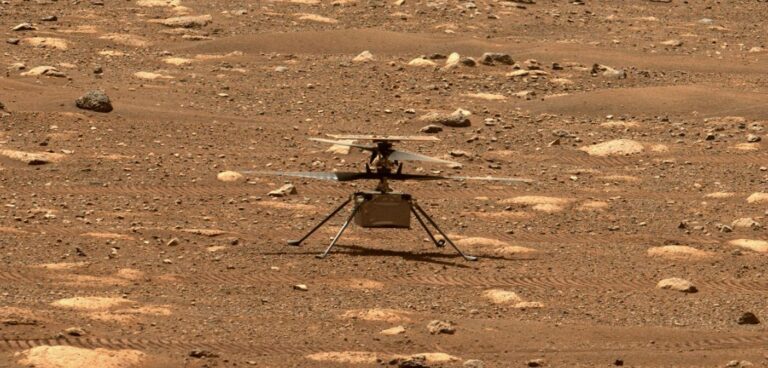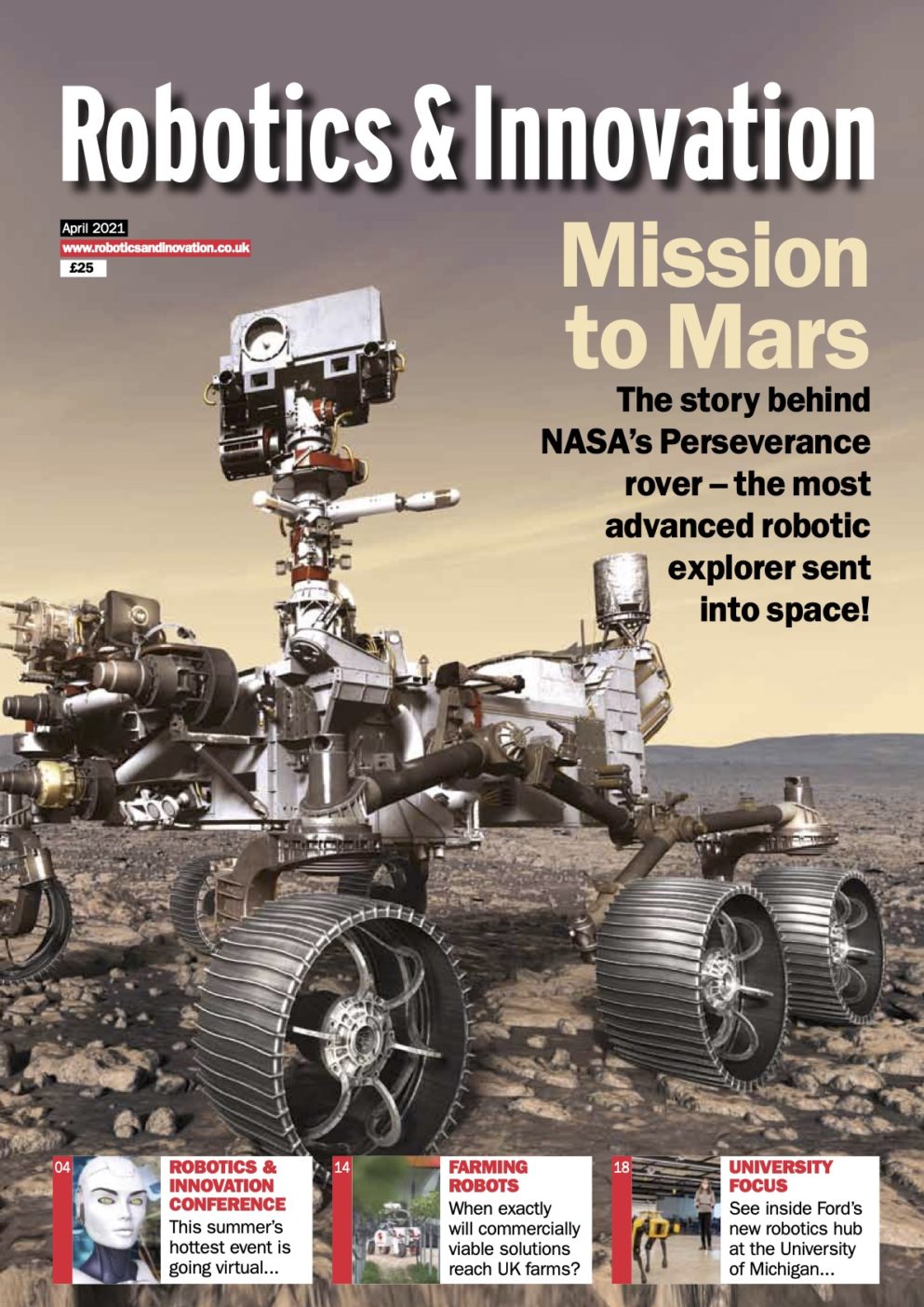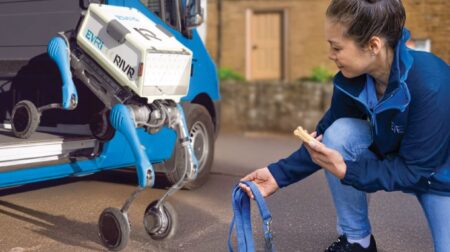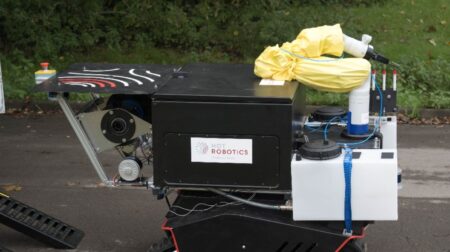NASA’s Ingenuity helicopter has successfully completed its pioneering first flight on Mars.
The achievement marks the first time in the history of powered, unmanned spaceflight that a device has flown in a controlled manner on another planet.
Ingenuity was due to make its first attempt on Mars earlier this month, but the operation was postponed following a technical delay on Friday 09 April.
NASA’s Mars helicopter has now completed a short flight, with it flying over the surface of the red planet for about 40 seconds on Monday [19 April] before landing back on its four legs.
Ingenuity will complete several flights over the next 30 days, each lasting up to 90 seconds and with a maximum altitude of 5m.
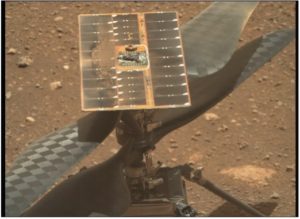
The flight was watched by Eugen Elmiger, CEO of the Maxon Group, which provided the six brushed DC motors for the helicopter.
Elimiger said: “It is a fantastic feeling to know that our precision drives worked as planned and that we were able to make our contribution to this historic event. I am proud of our employees and look forward to the next milestones on Mars.”
The DCX series of drives are 10mm in diameter and control the pitch of the rotor blades. This enables the course of the helicopter to be set.
Ingenuity weighs only 1.8kg and is solar-powered. According to Maxon, the lightweight design is a prerequisite for a successful flight on Mars, where there is hardly any atmosphere, making conditions similar to those at an altitude of 30km on Earth.
“The biggest challenge in developing the motors was the extreme weight requirement,” said Aiko Stenzel, design engineer at Maxon.
“Every tenth of a gram had to be saved to make the helicopter fly. What’s great is that despite the weight savings, we found a drive solution that has enough power to adjust the rotor blades. And this in the face of high vibrations and temperature fluctuations.”
Maxon’s drives are also used in the Perseverance rover, where there are 10 BLDC motors and a special gearbox. The first of these motors has already successfully completed its task, as it placed Ingenuity safely on the ground two weeks ago.
Learn more about NASA’s Perseverance rover in the April 2021 issue of Robotics & Innovation:

